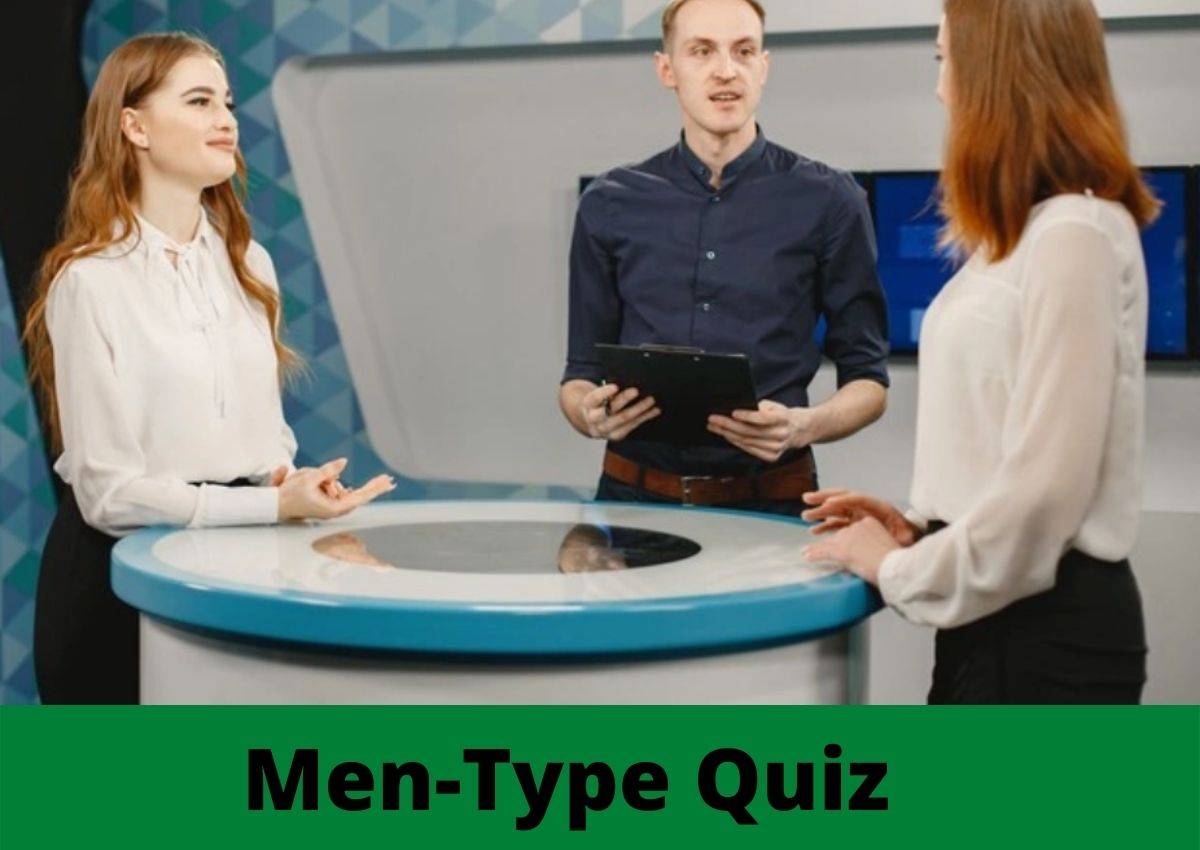Your vision is a key factor in how you see the world around you. Vision is essential for everyday tasks such as reading, driving, and working with computers. It allows you to enjoy activities such as watching television or sports.
Most people can see well enough to not need corrective lenses. However, there are some low vision problems that can be corrected with glasses, contact lenses, or surgery. These problems can be caused by myopia (nearsightedness), hyperopia (farsightedness), and astigmatism, which is an irregularity in the eye’s shape.
There are many things you can do to ensure your eyes are healthy and improve your vision. Regular exercise and a healthy diet are important for your overall health. This will help reduce the risk of developing eye disease. Also, reducing stress levels and avoiding screens can help reduce strain on the eyes.
Vision is essential
Vision is one of your primary senses. It allows you to see the world around you and explore it. Vision can also influence how you perceive the world around you and interact with it.
Vision can have a wide range of effects on your daily life. It could be hard to see signs and obstacles on the road if your vision isn’t clear. This can make it more difficult to navigate the streets and perform daily tasks. Learning can be complicated by vision problems. It may be hard to read books or take notes in class. People with poor vision may have trouble recognizing faces and taking part in social events. You can visit a low-vision store to find the best low-vision aids for you.
Good vision has many benefits
There are many reasons vision is important. Good vision is more likely to have better overall health, perform better at school and work, and live a better quality of life than people with poor vision. People with good vision are less likely to be injured or in an accident.
Common vision issues
Myopia, also known as nearsightedness, is a common vision problem. Myopia is a condition where you can see objects in close proximity clearly but blur objects farther away. Myopia usually develops in your early years and becomes worse with age. Myopia is usually caused by the eyeball growing too large or the cornea (the transparent part that covers the eyes) becoming too curvy. Myopia can be caused by myopia in the family.
Hyperopia
Hyperopia, also called farsightedness, is another common vision problem. Hyperopia is a condition that allows you to see distant objects clearly but blurry objects closer to you. Hyperopia is usually first noticed in childhood and becomes more severe with age. Hyperopia is usually caused by the cornea not being curled properly and the eyeball becoming shorter. Hyperopia can also be caused by family history.
Astigmatism
Astigmatism refers to a condition in which the cornea or eyeball is not perfectly curved. This causes light to enter the lens in an unusual way, blurring vision at all distances. Astigmatism can be inherited and usually develops in childhood.
Tips to improve your vision
A healthy diet is important for good vision. Eat lots of fruits and vegetables, including leafy greens and yellow and orange fruits. They are rich in antioxidants, which can help protect your eyes from damage.
It is important to avoid bad habits and eat healthy foods. Smoking can increase your risk of developing eye conditions such as cataracts. Vision problems could result from excessive alcohol consumption.
Exercise
Your eyesight and overall health are both improved by exercise. Exercise can improve blood circulation and reduce stress. Both are good for your eyesight. You may also see a difference in your vision with certain exercises. Palming, which is a relaxation technique that requires you to place your hands on your eyes for a brief time, allows you to relax. It can reduce tension headaches and eye fatigue.
Relaxation and stress management
Stress can have a negative impact on your overall health and your vision. Stress can cause blurred vision and dry eyes. Meditation and yoga are two relaxation methods that can improve your vision.
There are many types of low-vision aids.
Magnifiers are available in many sizes and shapes. Magnifiers can be mounted on a tripod, handheld, or freestanding. You will choose the magnifier that suits your needs best.
These handheld magnifiers are light and portable, making them easy to carry with you everywhere you go. You can choose the magnifier that suits your needs. The stand-mounted magnifiers can be larger and require a solid surface for support. They also allow hands-free operation which is helpful for those with limited mobility. These magnifiers offer the best security and freedom of movement.
For the best view, make sure you get an illuminated magnifier.
Electronic aids
Electronic aids use mirrors, lenses LEDs (LEDs), lighting-emitting diodes, and other methods to magnify images or increase contrast. These aids can be useful for those with low vision or who need more than magnification can provide.
There are many electronic aids available on the market today. There are many electronic aids on the market today, including Electronic Magnifiers and Electronic Video Magnifiers, (EVMs), closed-circuit TV systems (CCTVs), and electronic notetakers (DNRs), which are also called recorders (DNRs). EVMs are able to capture images and display them on a display. CCTV systems can project images onto TV screens or monitors using cameras. EVMs are used to create DNRs. They can display images on screens and take photos with cameras. They also come with built-in storage capabilities that allow users to save images for later viewing.
When choosing the right electronic device, it is important to think about your needs and how you plan to use it. An EVM will be the best choice if you only intend to use the device to read printed material. You may need help in navigating your house or office. The CCTV option might be a better choice. The DNR DNR is a great option if you require a system that can do both and does more.
Conclusion
You can do many things to improve your eyesight. Healthy eating habits, regular exercise, and reducing stress can all help to improve your vision. There are many ways to improve your vision if you have vision problems.





















































